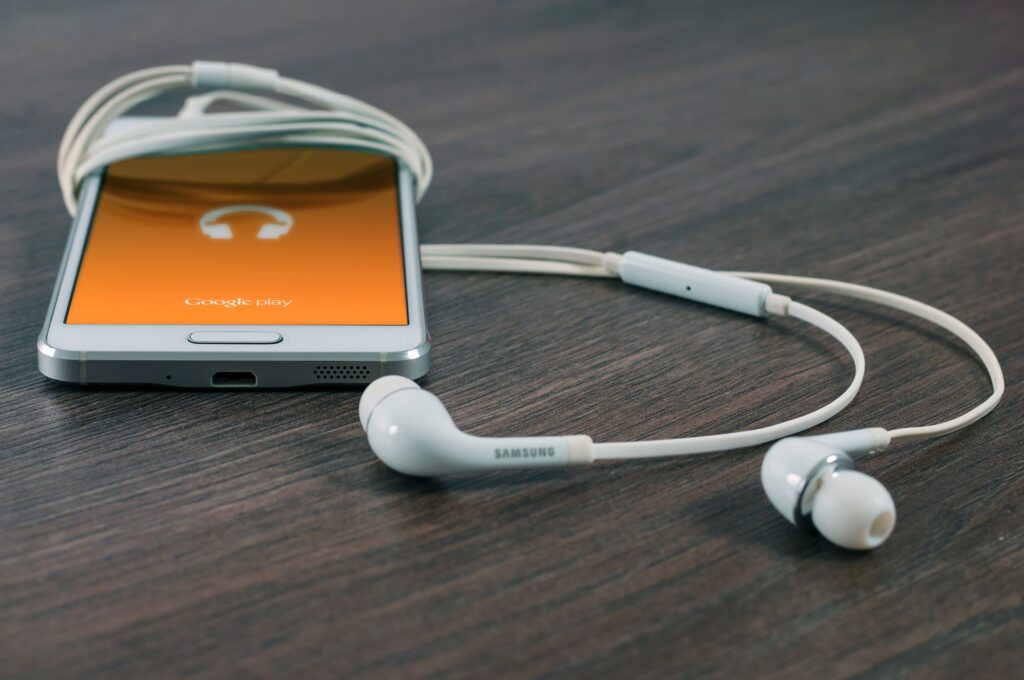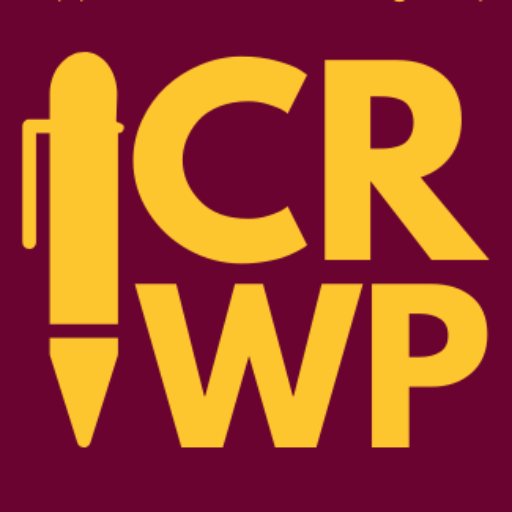
My students didn’t consider themselves readers until I began using audiobooks. Before audiobooks, nothing was more difficult for my students than sitting down with a book and trying to make the letters into words and the words into sentences that meant something to them. All of my students have disabilities and many are bilingual (but not biliterate). Though they can readily blend in with their general education peers in social situations, reading is an entirely different matter. When it comes to simple decoding of words on a page, my students are stumped, but it’s exacerbated by their complete and total lack of interest in books. They come to me downtrodden and disappointed with the written word. They say they “hate” reading and that they’ve never been “good” at reading. When we first meet, students usually identify reading as an area they want to improve in, but they say it because they assume it’s what I want to hear and not because they really want to read.
I immediately saw that my students weren’t interested in the books at their lexile level because intellectually they were beyond Junie B. Jones and Captain Underpants. The problem was they weren’t able to read something like The Hunger Games without a read-aloud provided by a fluent reader (which in my room was solely me). I stumbled upon audiobooks as a solution partly out of desperation to manage the limited time I had with my students. I quickly signed up for an Audible account, loaded my iPod with the books my students’ homeroom classes were reading, and stocked up on headphones and a headphone splitter. It’s embarrassing, but my primary goal in introducing audio books was to free up myself to teach a mini lesson while another group was reading a chapter. I did not expect the kind of results I got. My students were transformed into readers once they were provided with high interest books and quality literature. They felt good about reading the same books as the rest of their classmates and took pride in the assignments we completed. That winter break, one student even asked if she could borrow the iPod and some books. Naturally, I agreed and sent her home with several books, their audio counterparts loaded onto my iPod. I was hopeful that she’d return after the break having read maybe just one of the books, but she returned in January and proudly announced that she’d read them all, except The Outsiders because she couldn’t “get into it.” This was a student who had claimed she couldn’t ever “get into” any books. I was stunned and thrilled.

Looking back now, I realized that I had underestimated the power of storytelling and the innate desire we all have to make sense of our world through fiction. My students never understood this power because they hadn’t developed the fluency skills they needed to read and enjoy a novel . As a result, I feel strongly that audiobooks have opened new worlds for my students, allowing them to access content that unlocks the power of story and to develop the critical thinking skills that literature can provide. While some “high interest, low level” novels are of interest to my students, they are generally most interested and engaged when I provide them with high quality literature appropriate for their age group and the technology to access it. Last year, my fifth grade class read Esperanza Rising with audio. We practiced tracking the words on the page and developed vocabulary and decoding skills by identifying a couple of words in each chapter to teach phonics rules and find definitions for. This September, I had my same group of former Esperanza readers back; I told them we’d begin our novel in the second week of school. That Monday, this group came barreling into our classroom and made a beeline for our audio station, where we store the headphones and charge the iPods. They hastened to get their headphones and find their seats and then looked at me expectantly. “Can we start the book!?” one student asked me, a note of anxiety in his voice. I had a pre-reading activity planned, which I immediately threw out to alleviate my students’ worry that I’d make them do anything but read in reading class.
We spend our reading block doing a lot of reading along while an iPod plays. While we still spend a portion of the class practicing phonics skills and applying word study to reading passages at their level, I am careful not to sacrifice the time we spend with age-appropriate novels, even if it means an iPod is an important part of my lesson plan. Through audio, students hear what fluent reading sounds like and become exposed to the phonics skills and word study we do in context. They have an understanding of what the reader had to be able to do to fluently read an unfamiliar or difficult word and we periodically pause our reading when we come across words that make use of the skills we practice. It motivates students to take the sometimes tedious work of phonics more seriously because they understand what it leads to.
Nowadays my students consider themselves readers. When we talk about goals, most of them still identify reading as a primary concern, but the reasons they give include statements like “I want to be able to read what I like” or “I want to read the next Percy Jackson book without an iPod.” When new students join our class, we often hear them utter the words “I hate reading,” but it doesn’t take long for a class veteran to address them for me with a knowing a smile and a response like “You won’t hate it for much longer!” I pass the new students a copy of the book we’re reading and a set of headphones and think “If this is all it takes to make a reader, let them have audio.”
 Megan Kowalski is a Chicago Public Schools teacher and a 2009 participant in the CRWP Summer Institute. She teaches 6th-8th grade reading and math to students with disabilities, where she enjoys sharing her passion for reading and writing with middle school students.
Megan Kowalski is a Chicago Public Schools teacher and a 2009 participant in the CRWP Summer Institute. She teaches 6th-8th grade reading and math to students with disabilities, where she enjoys sharing her passion for reading and writing with middle school students.

This work is licensed under a Creative Commons Attribution-NonCommercial-ShareAlike 4.0 International License.

Megan Kowalski
Megan Kowalski is a Chicago Public Schools teacher and a 2009 participant in the CRWP Summer Institute. She teaches 6th-8th grade reading and math to students with disabilities, where she enjoys sharing her passion for reading and writing with middle school students.


Leave a Reply
You must be logged in to post a comment.